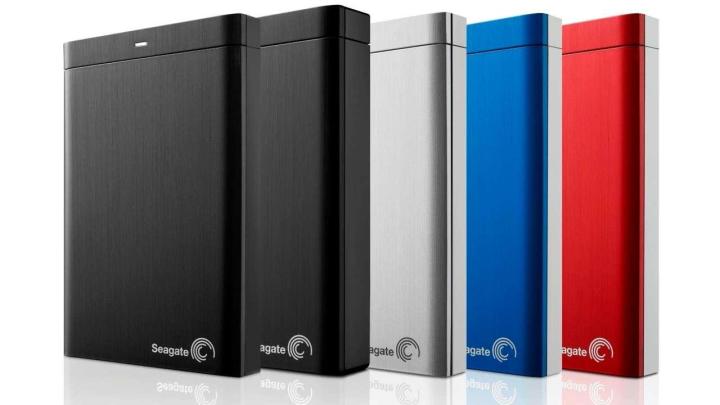
The majority of Seagate’s Thunderbolt models are listed as out of stock on the company’s website, and it stands to reason that remaining models will receive similar treatment once the company moves through its remaining inventory.
Of course, this move doesn’t mean that Seagate is going to be doing away with support for Mac users, as the company will service Macs of all types with USB 3.0 and wireless offerings. The speed of USB 3.1 rivals Thunderbolt, but can’t quite match those of Thunderbolt 2.0, so perhaps that’s the reason for the decision to discontinue support.
Mac users who want the utmost speed will still need to stick with Thunderbolt 2, and for that, Seagate does have an alternative. While the main Seagate brand may be nixing support for the USB alternative, it’s not done with it completely, as Seagate-owned LaCie will continue selling drives with Thunderbolt support. As of this writing, the firm is selling Thunderbolt 2.0 drives ranging from as small as 1TB to full stacks with 48TB of storage.
Users looking for more affordable options can still grab a wide range of original Thunderbolt drives from LaCie as well, with offerings in rugged drives and more traditional models available.
With USB speeds catching up, and the smaller Type-C models coming along, does Thunderbolt still have a place in the market? Time will tell, but it’s at least worth taking a look when a major player steps out of the market, at least with its most front-facing brand.


